Grafting Arabica Scion onto Robusta Rootstock
Some Robusta varieties may have deeper and more vigorous roots than Arabica varieties. By grafting the latter onto the former, resistance to drought may be enhanced. This is particularly appropriate in conditions where coffee trees are subject to attack from soil nematodes.
Status: In some countries, Arabica is grafted onto a root nematode-resistant Robusta rootstock; this can also confer resistance to drought.
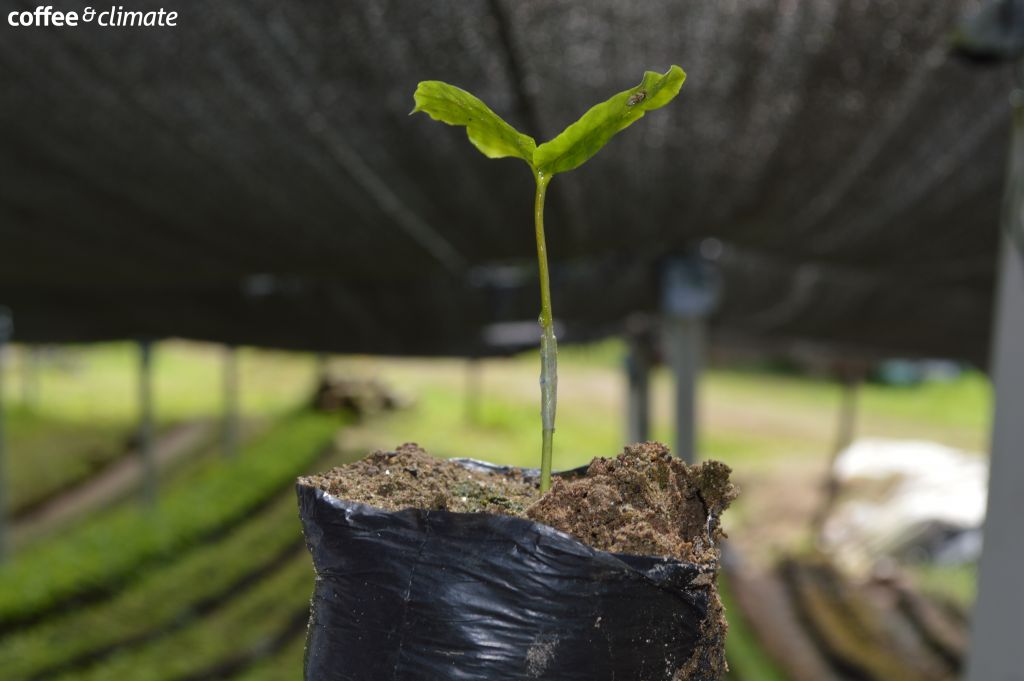
Concept
Generally this subject is under-researched and poorly understood. A widespread belief is that Robustas have shallower roots than Arabicas but there is no good evidence for it. Available published data actually suggests the reverse – Robusta roots tend to be bigger and deeper and Arabica grafted onto them do well in drought conditions. Liberica has an even greater root system than Robusta. Still, because of varietal differences, it may not be universally true that all Robustas are more resistant than all Arabicas, so technicians should experiment with available varieties to find a viable combination and test against pure Arabicas. Using Robusta rootstock may be particularly appropriate in conditions where coffee trees are subject to attack from soil nematodes.
Drawbacks
- A range of root/scion varietal combinations may need to be tested to get a reliable and compatible coupling.
- Compatibility may be limited by altitude, since the rootstock in cooler soils can develop at a slower rate than the scion, causing fractures.
- Skillful grafting is needed to get a high rate of success. If technicians have no experience in it, training will be required.
Costs
With a skilled operative, each graft costs about USD0.03 (data from Guatemala). A series of limited field trials would be fairly inexpensive.
Recommended Activities
- Identify and make a database of locally available varieties of Arabica, Robusta and Liberica. Reports of shallow-rooting varieties should be treated with caution; local soil conditions (thin soil layer, compaction) could unduly prejudice choices.
- Ask local experts and farmers about local experience with grafting and any observations of field trials or commercially grown grafted trees.
- Measure the root depth of candidate trees by excavating their roots, where possible.
- Make a short-list of most likely root-stock/scion combinations to try.
- Carry out small scale graftings and observe and measure compatibility, survival, and growth rates of various graftings compared to ungrafted controls. It is best to employ a skilled grafter to achieve a high rate of successful unions.
- Measure roots periodically. After three and six months, remove soil from bags and measure total length of roots; where possible weigh them (live and oven-dried) to determine total mass. Also record aerial development of stem and leaves.
- Test for drought tolerance. For promising material, carry out drought tolerance tests in potted plants by controlling access to irrigation.
- Plant out and carefully mark material and controls for long-term studies of plant growth and vigour, especially through a drought period. Eventually carefully excavate a few fully grown trees to measure root development and depth.
- Test at multiple altitudes. Studies should be carried out at more than one altitude to test for any detrimental temperature effects on the rootstock/scion union.
Further Comments
- Grafting is a well-known technique; Arabica scion on Robusta nematode resistant rootstock has been successfully employed in Central America
- Robusta is more prone to wilting under drought conditions but this is due to poorer stomatal closing than Arabica and hence not due to inadequacies of the root system
- Robusta may also be made more drought resistant by grafting onto Liberica rootstock.
- Arabica grafted onto Liberica may be more difficult because of incompatibility problems.
Novaes, P., Souza, J. P., & Prado, C. H. B. A. (2011). Grafting for improving net photosynthesis of Coffea arabica in field in southeast of Brazil. Experimental Agriculture, 47(01), 53-68.
- Have something to add to this tool description? Leave a comment!
- Interested in applying this tool? Look for pictures, case studies and info sheets below for step-by-step instructions to get you started.
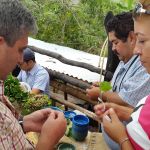
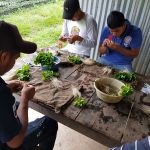
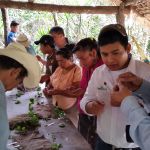
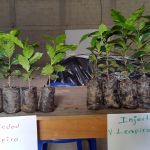
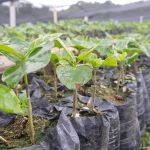
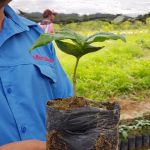
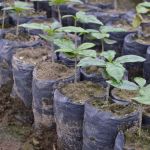
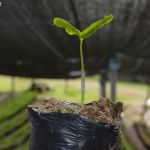
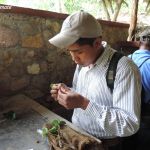
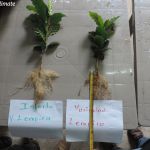
I am replacing all of my old (50 years older and more) trees with grafted trees, roughly half with robusta and half with liberica rootstock. I place the newly grafted seedlings in Stuewe tubes, 98./tray and place each tray in a deep plastic box with 2 inches of water and a tight lid to maintain humidity. I also supplemental mist once or twice perday. I am getting 80% plus success with grafts in turning into good replanting stock at one-year old with appropriate irrigation. At 930 feet elevation in Kona, Hawaii, irrigation insures better growth and yield. Higher elevations here may not irrigate due to higher rainfall. This is year two for us, so it will be three to five years before we see much in yield results. Nematodes and drought are issues at our elevation.